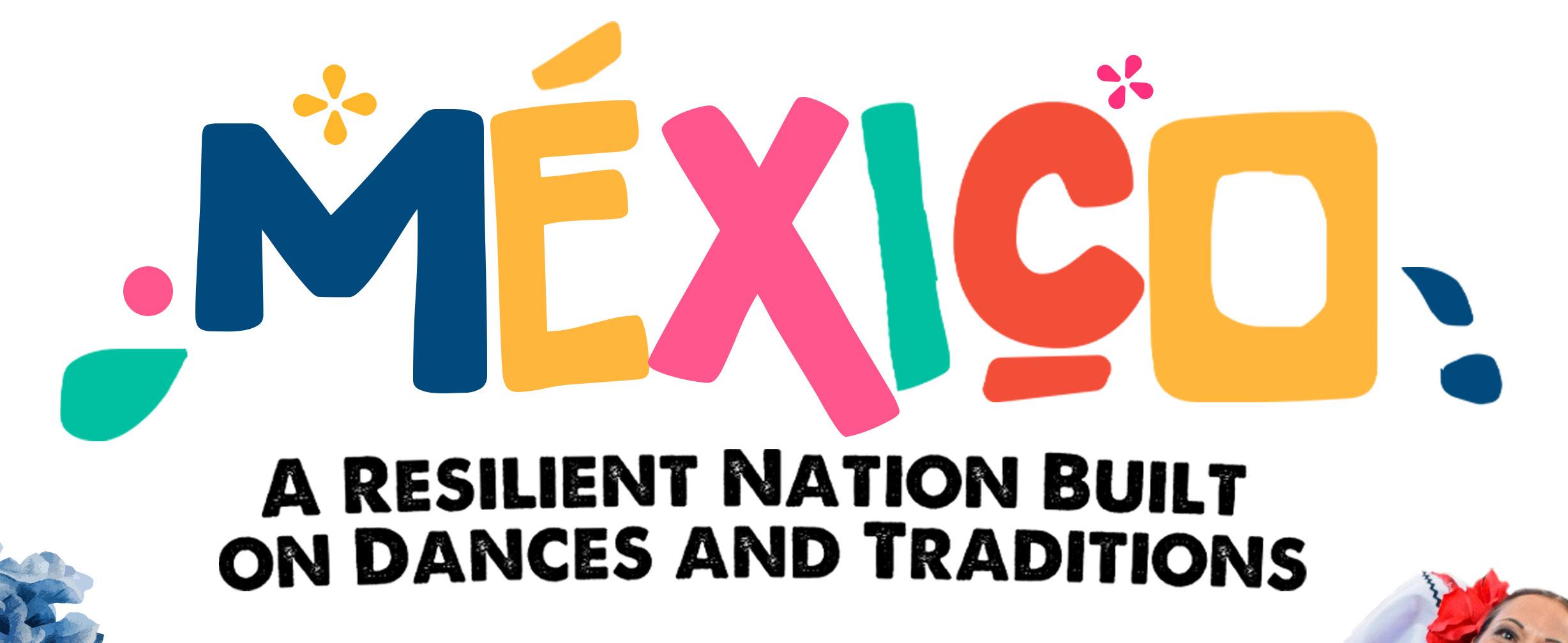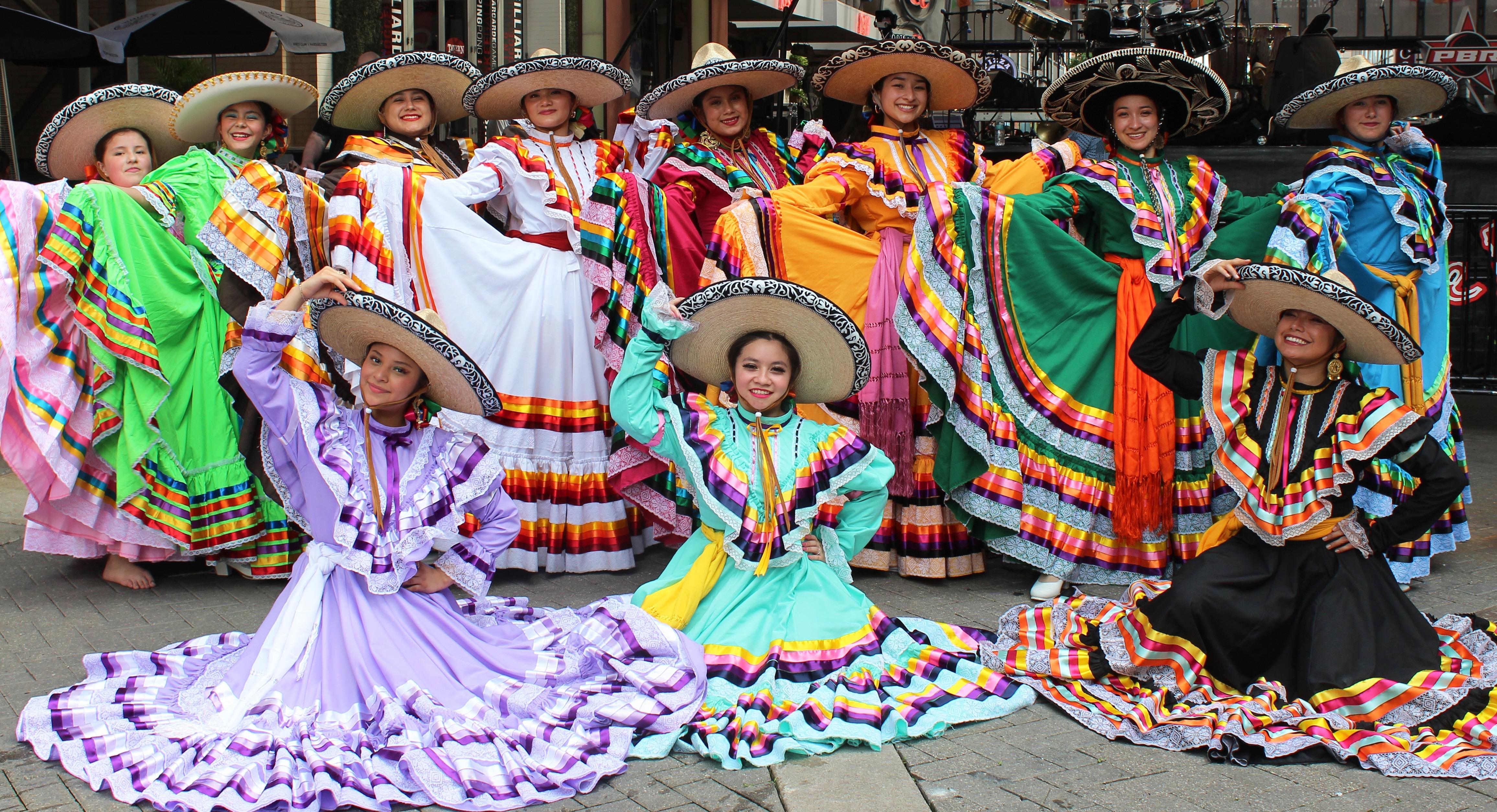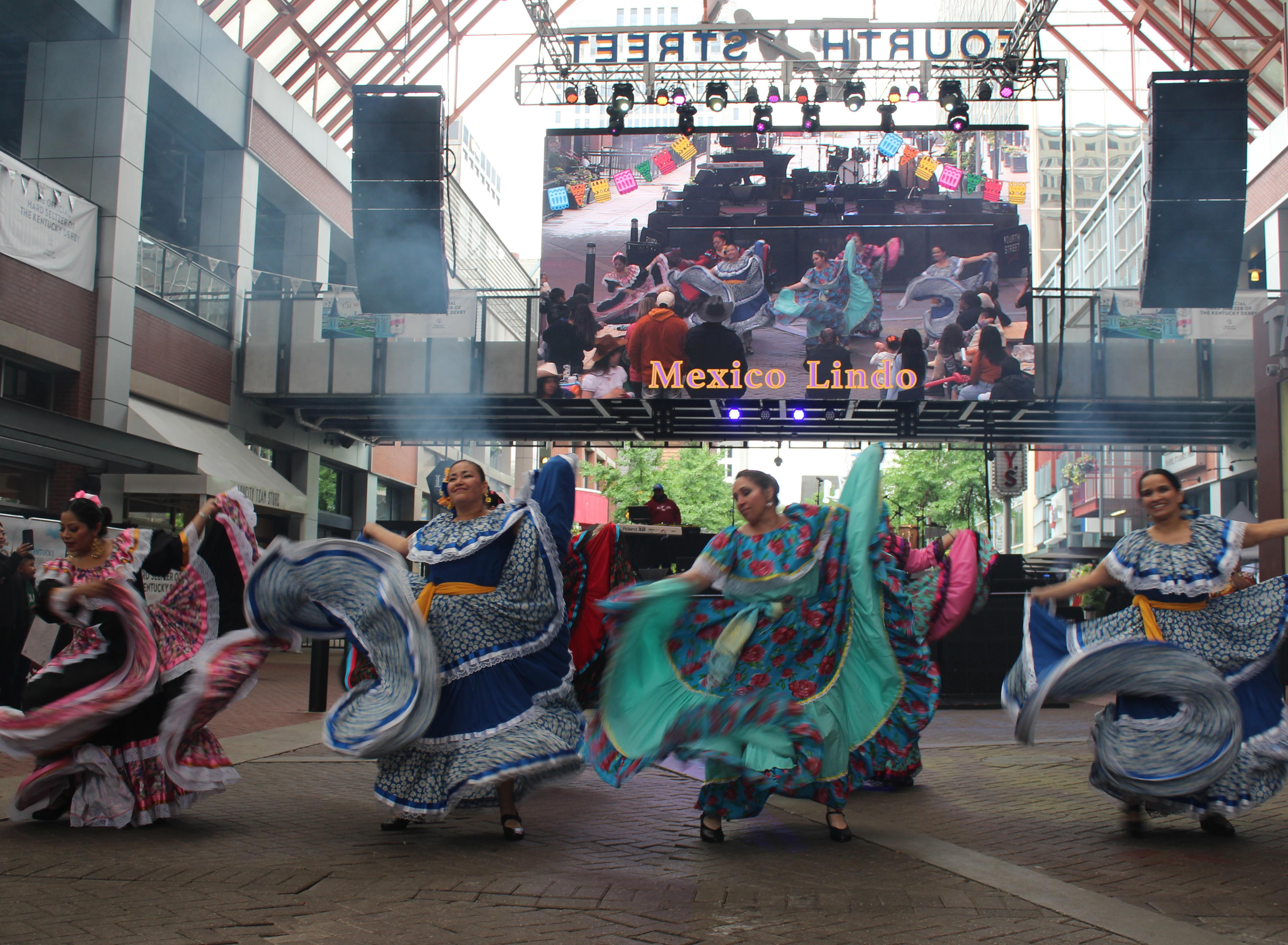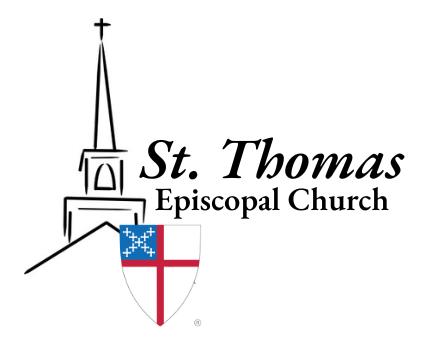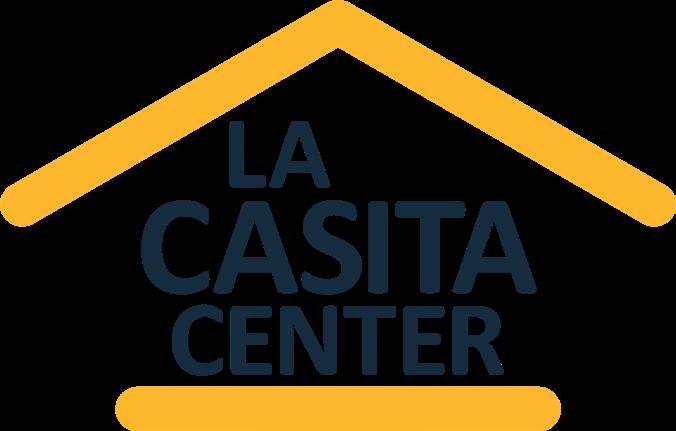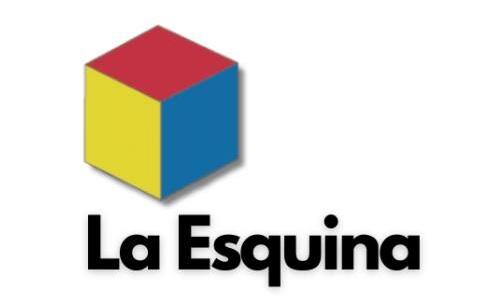THE DANCES
Prehispanic Times:
Olmec, Maya, Zapotec, Mixtec, Huastec, Purepecha, Totonac, Aztec and many more flourished for nearly 4,000 years before the first contact with Europeans. These groups have rich histories and diverse ways of life, including unique social structures, subsistence strategies, and cultural practices. They expressed through dances their strong connection with Nature, Cosmos, and Gods.
1. Aztec Dances, ritualistic practices to honor gods and connect with nature,and the spiritual world. These dances were believed to cleanse the body and soul and facilitate spiritual connection.
2. Deities Dance, the Eagle, the Jaguar, the Feathered Serpent and the Dear, are an important part of the cultural aspect; these animals represent strength, wisdom, resilience, also recognized as spiritual companions and a connection between spiritual worlds.
3. La Danza de Los Viejitos, The Dance of the Old Men is a traditional dance of pre-Hispanic origin, native to the lakeside region of Michoacán, México. It dates back to the time of the Purépecha culture around 1325 CE, where offerings were made to the Old God or Sun God (Tata Jurhiata) to ensure good harvests. The dance, originally called T’arche Uarakua, was performed by the petámunis, the four main wise elders of the community, who were elderly.
After the Conquest, the dance was forbidden but continued to be practiced in secret, evolving into a satire of the Spanish, portraying the conquerors as frail old men. The dance is associated with the fertility of the land and Purépecha religious beliefs.
4. Los Voladores de Papantla, About 500 years ago, a severe drought struck the Totonaca Empire. The land was dry, and the crops died; the people of Totonaca were in trouble. To solve this, the council of elders picked 5 young men to search for the tallest tree and perform a ritual to ask our four grandfathers who live in the four cardinal points for help. Once the men found the tallest tree, they climbed to the top; in this way, they would be closer to heaven. Four of the men tied themselves to a rectangular device that could rotate on top of the tree. Once tied to this device, they let go and spun around the tree thirteen times and were able to fly to the spirit world.The 4 men represent the four Cardinal points (North, South, East, and West) and the four elements (Earth, Water, Air, and Fire). The 5th man stayed on top; he did not fly, instead, he played a sacred song with his flute and drum, symbolizing the voices of birds and the elements. According to legend, the boys were seen transformed into birds, and they flew to each corner of the earth to ask for rain. Minutes later, rain began to pour, and it lasted for days. The crops were saved, and the people of Totonaca were happy. This is the story of Los Voladores de Papantla.
Time of the Oppression and Revolution:
With the arrival of Spanish conquistadors in the early 16th century, the Aztec empire ended as it was known, yet its people and traditions endured alive today in our culture, language, and celebrations. After hundreds of years of oppression men and women were driven to fight for our freedom. Although we expelled the conquerors in the eighteen hundreds, the conquest had profound consequences, as it led to a cultural assimilation of Spanish culture. New rulers emerged dominated by Spanish conquerors and their descendants, and people of México continue being oppressed by authoritarian dictatorships. The people had to fight again in The Revolution in the 1900s. We honor today one of the most significant heroes and warriors in this fight “Las Adelitas”.
5. Las Adelitas
6. Las Coronelas
10 MINUTE BREAK
Contemporary Dances:
After the Mexican Revolution, dance evolved into a fusion of indigenous, European, and African elements. Contemporary Dance in México began to develop by the end of the 20th century as a result of a mixture of different dance movements around the country.
7. La Flor de Piña, originated in Oaxaca, with embroidered huipiles a maiden dances gracefully with a pineapple on her shoulder, wearing garments she embroidered by hand. Each display unique beauty, elegance, and richly decorated outfits inspired by nature—birds, flowers, butterflies, and stars.
8. El Cerro de la Silla, and 9. Santa Rita; Polka music, (danced by our little children) introduced to México during the 19th century, became integrated into Mexican musical culture, particularly in the northern regions, evolving into a distinct style known as “polka norteña”. This evolution was influenced by European immigrants, especially Germans, Czechs, and Poles, who brought their musical traditions.
10. Las Amarillas, a dance from the state of Guerrero, is traditionally performed by women and translates to “The Yellow Ones”. The dance is characterized by its bright yellow costumes and is inspired by the flight of yellow birds; “Calandrias”.
11. Las Chiapanecas, “The Chiapan Women” is a traditional melody from Chiapas and has acquired status as an informal anthem of that state, where women dress colorful embroidered dresses depicting flowers, and the richness of the jungle.
12. Guadalajara, a mariachi song written and composed by Pepe Guízar in 1937. Guízar wrote the song in honor of his hometown, the city of the same name and state capital of the Mexican state of Jalisco.
13. La llorona, the Weeping Woman, is a spirit that haunts the folklore of México, and maintains the story of a vengeful crying woman searching for her lost children. This song has gained more popularity in recent years in connection to “Dia de Los Muertos”. The legend is fitting for celebrating our ancestors, friends, and family who have passed on
14. La Bruja, is a traditional dance from Veracruz, known for its unique performance style and captivating imagery. It features female dancers balancing candles on their heads, creating an illusion of magic, accompanied by rhythmic “zapateado” (footwork). “La Bruja” translates to “the witch” ; this dance is often associated with legends and supernatural themes.
15. Que Chula es Puebla, “How Beautiful Is Puebla” At the foot of the legendary Popocatépetl and Iztaccíhuatl volcanoes is the majestic, peaceful city of Puebla, a lovely colonial city, was entrusted to the angels when it was founded, and this is the source of its name: Puebla of the Angels.
16. Jalisco Popurrí, with the iconic ribbon dresses, stepping at the rhythm of mariachi music, originating in the Jalisco region, has become a symbol of national unity and pride, this dance style is the best known throughout the world.
THE ARTISTS
More than 40 artists with their heart and love for their cultural roots made possible this wonderful representation to share with you, They are:
Founder: Ana Lane
• Aleah Mihalyov
• Alejandra Muño
• Alexander Brito
• Amaya Castañeda Lievano
• Amaya Lane
• Anahí Ramos
• Ashley Torres Nava
• Charisse Rueda
• Dalary Juarez
• Danah Alavez-Cruz
• Edith García
• Elida Gaona
• Elizabeth Arellano
• Estrella Angeles
• Eva Melissa Astudillo Sotelo
• Flor Salas
• Florinda Altamirano
• Gabriela Ambriz
• Gabriela Mondragón Arellano
• Génesis Vidal
• Geraldine Rosas Cruz
• Hannah León
• Isabel Angeles
• Issa Martínez
• Itzel Nava
SPONSORS
MEDIA SPONSORS
• Jorge Brito
• J. García
• Kaely Castañeda Lievano
• Karen Luna
• Karla Ramos
• Leticia Velez
• Leonardo Calderón
• Madelyn Calderón
• Marisol Ciprian
• Mariana Lane
• Martha Lievano T.
• Mateo Alavez-Cruz
• Mónica Calderón
• Nancy Cruz
• Naomi Herrera
• Natalia Arellano
• Patricia Espinoza
• Rosa Luna
• Rosa Mendez
• Sofía Estrada Mondragón
• Victoria Brito
• Ximena Estrada Mondragón
• Yolanda Luna
• DJ - djseizure
Presented in Partnership with Kentucky Performing Arts ArtsReach program, which creates powerful and meaningful experiences for our community through access to arts events, resources, and spaces.
